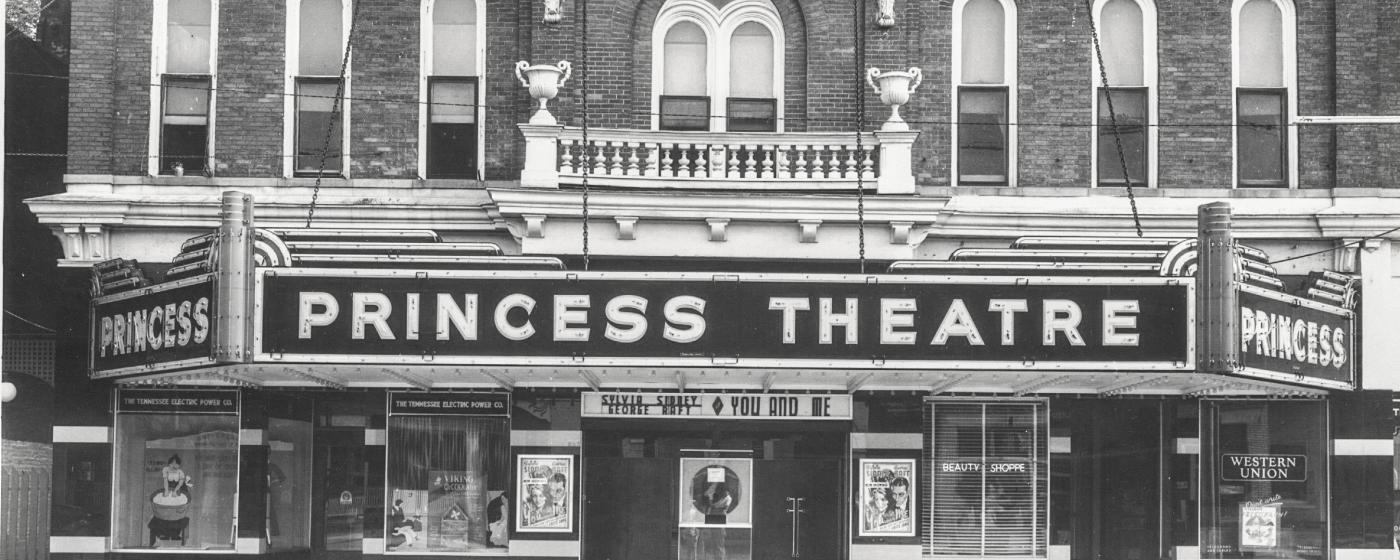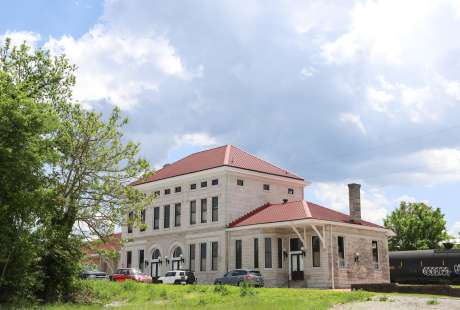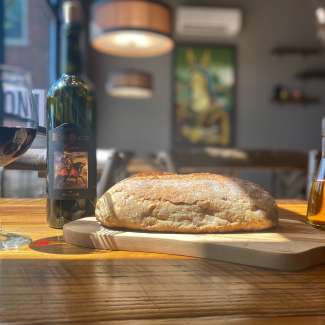- Home
- Explore
- Artists & Makers
- Attractions
- Arts & Entertainment
- African American History
- Breweries & Wineries
- Coffee Shops
- Historic Landmarks
- Kids & Families
- Live Music
- Museums
- Public Art & Murals
- Tours & Driving Trails
- Columbia Arts District
- Downtown Columbia
- Downtown Dog-Friendly Businesses
- History
- Trip Itineraries
- 48 Hours in Columbia
- Girls' Weekend
- History Buff
- Men's Weekend Out
- Kid-Tastic
- Outdoors
- Shop
- Downtown Columbia
- Spring Hill
- Mount Pleasant
- Around the Region
- Blog
- Neighboring Spring Hill
- Quaint Mount Pleasant
- Cultural Trail App
About
The City of Columbia is the county seat for Maury County, Tennessee nestled along the banks of the Duck River. Maury County was first opened to settlement after the Federal government signed a treaty with the Cherokee Indians in 1805. Almost immediately the area was inhabited by hundreds of pioneers, most of them having waited for years to enter the rich lands through which Duck River meandered on its east to west course. Within a year after the territory was opened up, hundreds of log cabins were constructed throughout the area. At first, the new lands were a part of Williamson County but, so rapid was the increase in population, that by November, 1807 the General Assembly voted to create a new county. It was named Maury County after Abram Maury, a prominent surveyor/politician of the region.1
The same act that established Maury County designated Joshua Williams, William Frierson, Isaac Roberts, John Lindsey, and Joseph Brown to select the location for the county seat near the center of the County, to be known by the name of Columbia.”2 The committee purchased 150 acres of land and set about subdividing it into lots with streets 100 feet wide. The City of Columbia was chartered in November 1807.
Columbia is the ancestral home of James Knox Polk, the 11th President of the United States who served from 1845-49. The Federal style home was built by father Samuel Polk in 1816 while James was attending the University of North Carolina. President Polk is credited for expanding the borders of the United States to the Pacific Ocean, adding three states to the Union, overseeing the opening of the Naval Academy and the Smithsonian Institute, commissioning the Washington Monument, and issuing the first postage stamp. Polk served on the Tennessee legislature, the U.S. House of Representatives and as Governor of Tennessee. He is the only president, to date, that also served as Speaker of the House. This site was designated as a National Historic Landmark in 1961.
Columbia was incorporated on November 17, 1817 by the General Assembly. The town continued to grow and by 1836, Columbia “was a very thrifty town with a population of 1,500, next in size in this section to Nashville with its 7,000 population.”3 And Columbia would only continue to grow in size and prominence.
In the years prior to the Civil War, Columbia could boast many businesses and hotels. There were also several churches and institutions of higher learning, including Jackson College for the males and the Columbia Institute and the Columbia Athenaeum for young ladies. Columbia was called by some the “Athens of the West.” Thanks to agriculture, there was money in Maury County and Columbia, being the county seat, reflected that wealth with brick mansions and plantations.
The Civil War, however, brought much suffering to the area. Columbia, being a crossroads, changed hands numerous times between the Confederate and Union armies. Each of the armies left their sick and wounded to be cared for and their dead to be buried. But, for everything they left, the armies took much more, including the food, livestock, and resources Columbia residents needed to survive. When the war was over, Columbia was a battered and drained town. Residents looked once more to the land.
The land, through agriculture, provided the sustenance they needed to survive and conquer rigors of Reconstruction. But, there was something else in the land that would help them not only survive, but prosper—Phosphate. William Shirley discovered phosphate on Gholston Hill in Columbia in 1888. “Very soon after the discovery of phosphate in Maury County phosphate companies were organized or moved into the area for the development of the fields.” 4 The impact phosphate made on the local economy is still visible today. Columbia’s Union Station train depot, U.S. Post Office (Memorial Building), and County Courthouse were all built within the first decade of the 20th century.
Phosphate and chemical production—along with agriculture—powered the local economy for nearly 100 years. Then, one by one, the chemical companies began to close. Columbia’s economy was once again in a panic. Help came from an unexpected source—Detroit, Michigan. In 1985, General Motors purchased land just north of Columbia to build the GM Spring Hill Facility, known as Spring Hill Manufacturing for their Saturn brand that launched in 1990. The GM Spring Hill facility still operates in Maury County today as do a variety of businesses and industries.
General Motors still operates in Maury County today as do a variety of businesses and industries. True to its roots, agriculture is still one of the major industries in the area. Columbia is referred to as "The Mule capital of the world” and celebrates Mule Day each April, highlighted by the Mule Day Parade. This annual event is a celebration that salutes the animal that helped build the town.
Columbia's crown jewel is the historic downtown district that exemplifies the classic Southern town complete with an iconic courthouse square surrounded by vibrant retail shops, local eats, boutiques, antique finds, and various businesses.
1. Excerpts from Maury Historical Society
2. Turner, William Bruce (1955). History of Maury County, Tennessee. Nashville, TN: Parthenon Press, p43.
3. Turner, p60
4. Tolbert, Lisa C. (1999). Constructing Townscapes. Chapel Hill, NC: The University of North Carolina Press, p146.
5. Turner, p335
















